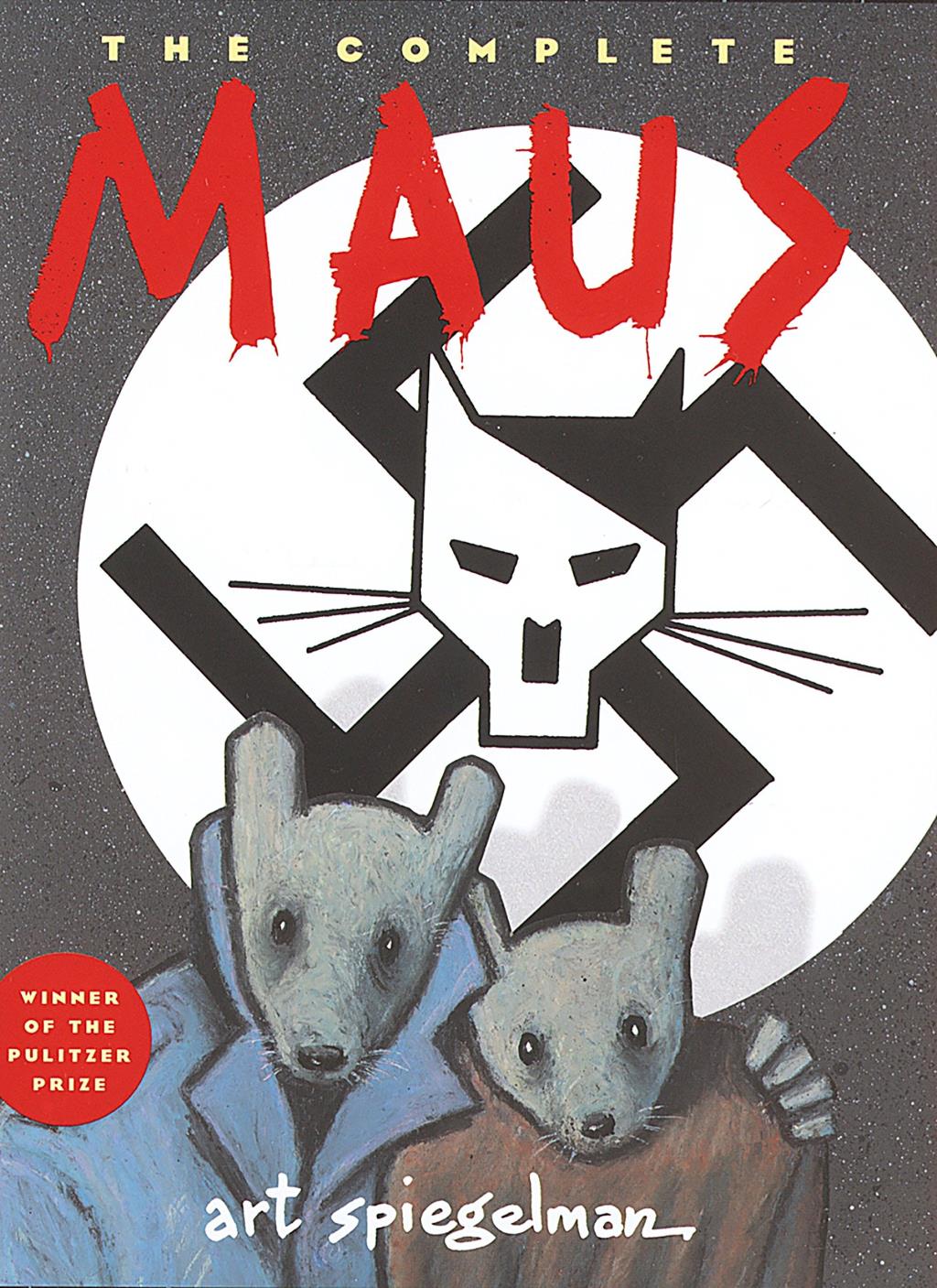
In his graphic novel, “Maus”, Jewish cartoonist Art Spiegelman tells the gripping story of how both his parents managed to survive the Holocaust. The story is told from the view of Spiegelman’s father, Vladek, and recounts not only his struggles during World War II but also the complicated relationship he has with the surviving members of his family. For anyone interested in learning more about the Holocaust, this graphic novel provides a chilling narrative of what happened to Jews during World War II and the effects it had on those who survived. The story begins before the war when Spiegelman’s parents, Vladek and Anja, are building their life as a young couple in Poland. They are like any other couple. Vladek is building his professional life with help from Anja’s father while also beginning to start a family with the birth of his first son, Richieu. Soon after, a Nazi presence begins creeping into Poland. Vladek is drafted into the Polish army and later returns home to find his family’s business has been stolen by Nazis. The situation slowly becomes worse for Vladek and his family as they are later forced to move into a Jewish ghetto. Through many lucky instances, Vladek manages to keep himself and Anja alive until they are forced to flee their home by pretending to hide their Jewish ancestry. After many more tragic events, Vladek and Anja are caught and sent to the Jewish work camp at Auschwitz. By what seems like a sequence of miracles, they both manage to survive and reunite. However, many of their family members did not encounter the same fate. All the while, Spiegelman also portrays the struggles of his father while he is creating “Maus”. The narrative shifts between the present day and Vladek’s Holocaust story. After the Holocaust and moving to the United States, the struggles of the Spiegelman family did not end. It is revealed early on that Anja committed suicide when Spiegelman was younger after many years of dealing with depression. Spiegelman also shows his father’s present-day troubles with his new wife, Mala, his deteriorating health, and personality traits that were ingrained in him by surviving World War II. Spiegelman portrays his father as more than just a survivor, but also a stubborn man with many faults who he finds difficult to relate to. A large feature of the story is the strained relationship between father and son. Beyond the story, Spiegelman narrates his father’s story through cartoons. Each different social group is represented by a different animal which provides symbolism to the situation of WorldWar II. Jews are portrayed as mice, as the title alludes, while Nazis are portrayed as cats. This representation also comes into play when Spiegelman shows his struggles with accepting his Jewish identity. By using cartoons, Spiegelman manages to portray the emotion in his characters in a way that goes past words. It also leaves certain aspects of the story up to interpretation by the reader which puts more depth into the narrative. Personally, I believe that this graphic novel is amazing and recommend it to anyone interested in learning about the true horrors of the Holocaust. It shows the atrocities committed by the Nazis and also the stunning survival of Vladek Spiegelman. Beyond this, the story also has a way of relating to audiences by showing other troubles Vladek experienced after such emotional trauma. It shows the struggles of losing loved ones, marriage, accepting an identity, and also the relationship between father and son. Overall, “Maus” is a very entertaining graphic novel with an extremely gripping story of survival.
Checkout Maus from the Newport Beach Public Library.
